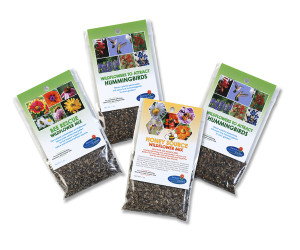My Number One Secret for Growing Tomatoes
It’s All in the Soil
by Sandy Swegel
A local grower and I were chatting today about all the ways people grow tomatoes. My friend was laughing at somebody who had an elaborate setup with walls of water in the snow. I don’t necessarily use walls of water, but I understand our local Zone 5 competitions to have tomatoes by the 4th of July. The walls of water help warm the soil and of course, entertain the gardener.
There are many “secrets” to growing tomatoes. Some people put their hope in fertilizers and supplements like Epsom salt. Others do a lot of pruning of “suckers.” And there is no substitute for regular consistent water that doesn’t let the soil dry out.
But for me, the most important part of growing tomatoes is digging and preparing the hole you’re going to plant in. I generally plant little plants…2-1/4 inch pots…somewhere around May 15th. And I do believe in planting deep so roots can grow all along the stem. But back to the importance of preparing the hole you’re going to plant in.
My secret for growing tomatoes is a big humongous hole at least half full of compost.
Step One. Take a five-gallon pot (a bucket can work too) and dig the hole so big that the bucket fits completely in the hole. That usually means you have to keep going back and widening the hole to get the bucket all the way down. And it’s usually a pain digging into that subsoil. If the soil is very clay like, I loosen up the bottom and sides by slicing cuts in both for draining. I fill at least half the hole with finished compost. I put in some finished composted manure if I have it. I throw in some rather unfinished compost too. I mix in an organic fertilizer that includes phosphorus. I’ll also add any other goodies I have like kelp or alfalfa meal. Leaf mulch if I have some. I don’t mind if a worm or two ends up in there too. I then fill the rest of the hole with original soil and mix it well. I water it.
Only now is the hole ready for the tomato. I pluck off its lower leaves and plant the tomato up to its neck. I put the trellis or whatever support I’ll need now. And that’s it. I personally run a drip line with a timer since it’s so dry here and I don’t want my sporadic memory to sporadically water. I’ve done comparison tests year after year with people who dig holes only large enough to squeeze the plant in. They never get the number of tomatoes I get. My large composted planting hole means the tomato puts out a huge rootball that gobbles up all that good compost and fertilizer food produces a huge crop of tomatoes. If you only have a shovel-sized hole in the ground for your tomato, you only have little roots to feed the plant. If you don’t believe me, when winter comes this year, pull up your tomato and see how big your rootball is.
So if you want a lot of healthy tomatoes this year, take out your shovel and work up a sweat preparing that soil!
Photo credit:


